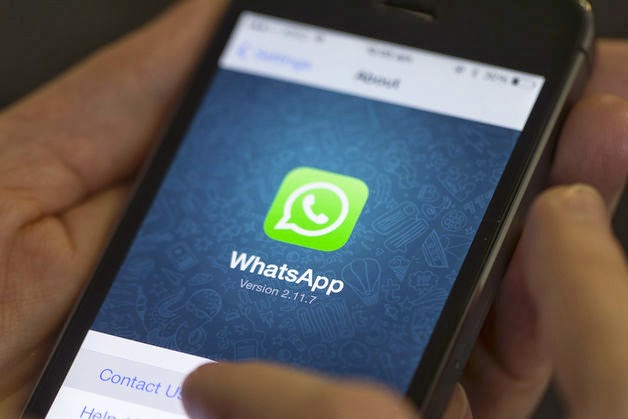When my friends asked me to download WhatsApp some years ago, I had never thought that the green icon would soon be part and parcel of the smartphones of almost 450 million people. The app is quick, easy to use, and attractive and is downloadable free for everyone except iOS users. All-in-all, it is a really convenient to use fun app which does away with the woes and fluctuating rates of SMS, pervading the barriers of distance. As long as you have access to internet and a smartphone, no one can stop you from staying in touch with everyone.
But have you ever wondered how this company makes money? One way that is the most obvious, of course, is the subscription fee it charges its users. WhatsApp allows its users to enjoy the services for free for the first year after installation. However, after that it charges $0.99 for continued service. But till date, I have not heard of a single person who has paid for this extension of service. The funny part is that WhatsApp tends to extend the free service period every time a user is close to the expiry date. So it seems that we are back to square one. The only method of revenue generation that seemed plausible is actually not generating any revenue for WhatsApp!
Now here is another theory, more of a speculative one. There is a popular belief that WhatsApp primarily earns its revenue through data mining. Database management is one of the most important functions of any organisation lately, and what could be a better data source than a platform where around 450 million people share close to 11 billion messages per day? The assurances of privacy notwithstanding, all the conversations on WhatsApp are being repeatedly backed up on their servers. Now, what we speak in our conversations reflects our likes, dislikes, interests, desires and what not. These preferences are a gold mine for organisations to come up with tailor made products that could just be a miraculous ‘I-was-just-thinking-of-this’ answer to one of our many wants!
WhatsApp has shown the greatest increase in its user base ever since its launch, and the number continues to grow even today more than that of any other competitor. The number of messages exchanged per day is as high as 11 billion. Now with such extensive information available in one place, big companies are willing to pay insane amounts of money for extracting this information. Once I know the kind of users that would want to use my product, I will directly market my product to them in their area. Try it out yourself. Search for something once or twice on Google, and there are strong chances that the next webpage that you go to will have a tiny ad with, guess what, your searched item! It takes off a lot of hard work from a marketer’s perspective when you know what users you need to push your advertisements on. There is a strong possibility that what we speak on WhatsApp is used in the same way
So as you might have realised, when it comes to the revenue streams of this company, all we can do is speculate. Data mining seems to be the most plausible explanation, given that WhatsApp is not involved in ad marketing, which any WhatsApp user can vouch for. CEO Jan Koum clearly states that the app is meant for instant messaging and that
WhatsApp’s business model is really innovative and mysterious for its time. What it is in the business of, is very simple – that of connecting people. This now becomes a ‘value for many’ model rather than a ‘value for money’, contrary to the the common phrase. Despite the absence of influence of numbers on its success rate, the only ‘number’ that probably makes up the billions of dollars that WhatsApp is worth, is the number of people it connects every second, of every minute, of every day!



No comments:
Post a Comment